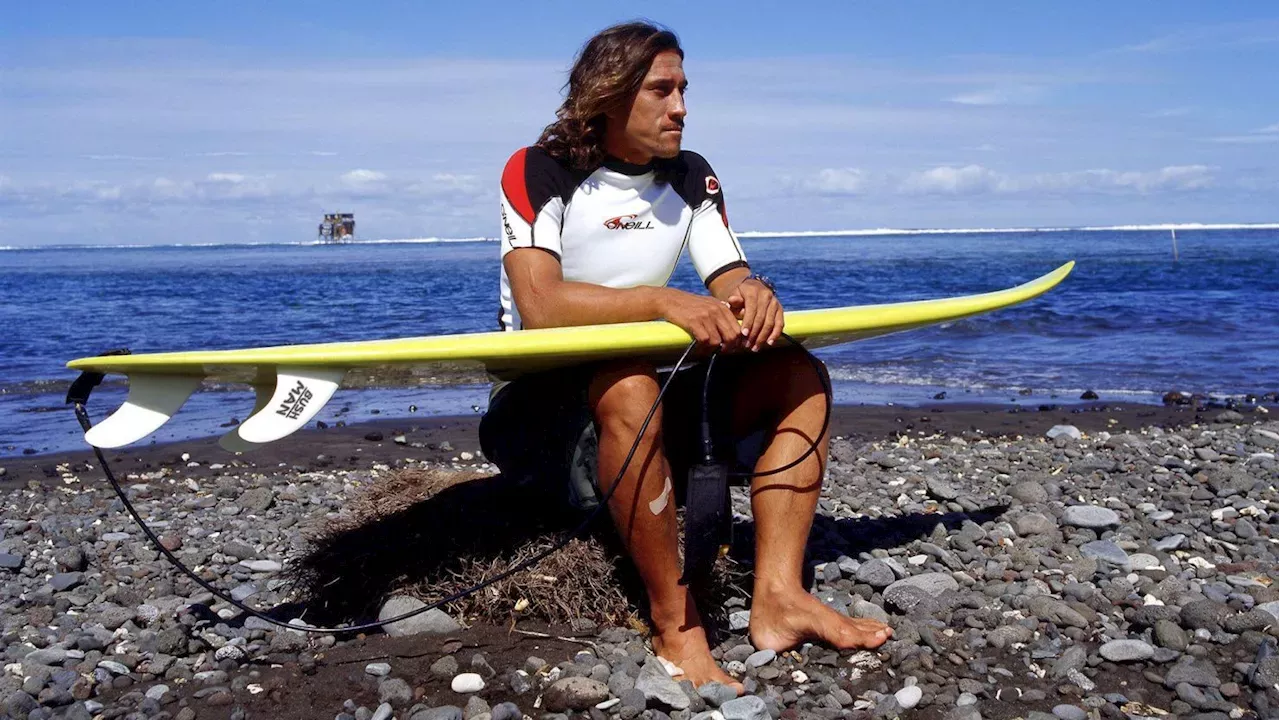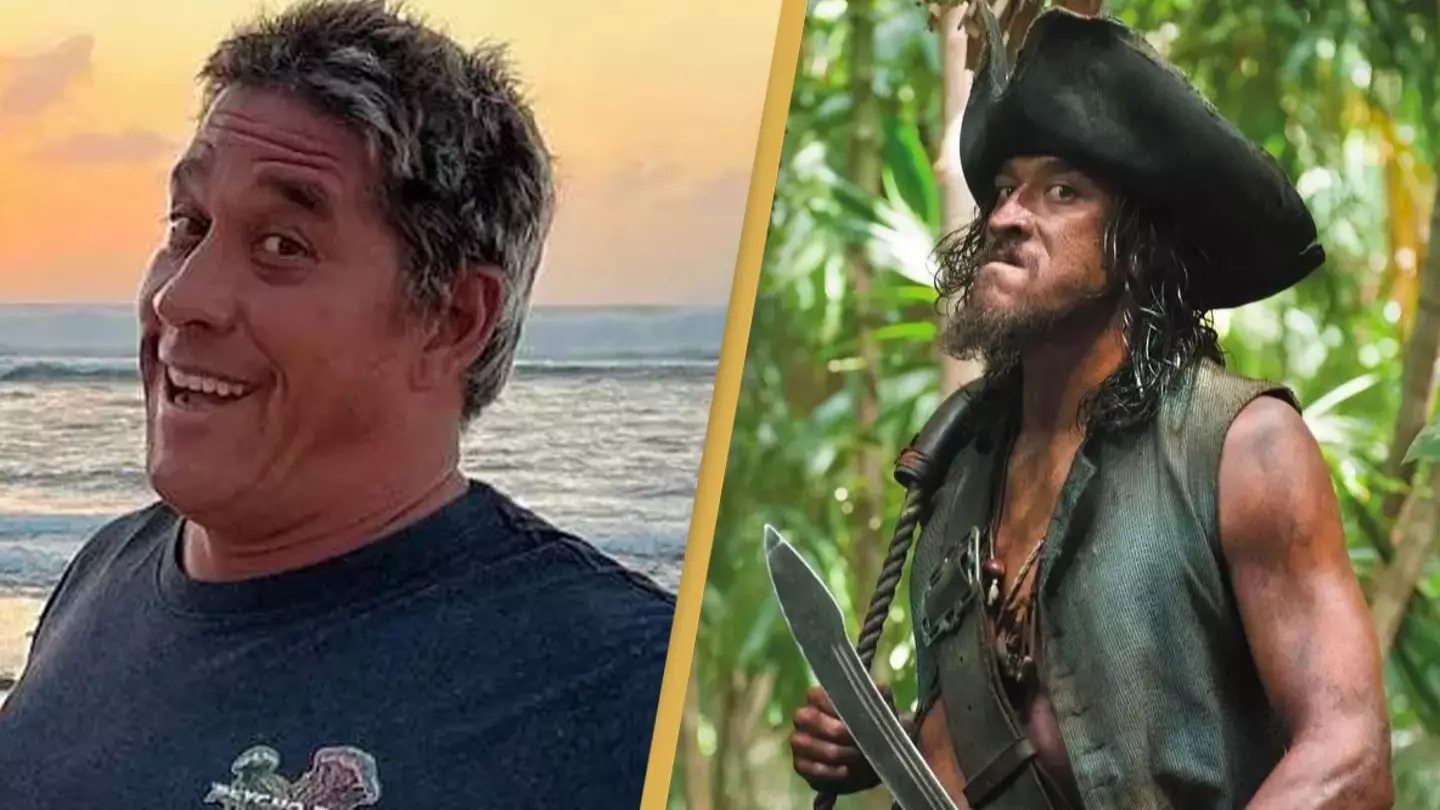Tamayo Shark Attack: A Detailed Chronology

The Tamayo shark attack was a tragic incident that occurred on June 24, 2017, off the coast of Tamayo, Mexico. The attack resulted in the death of a 12-year-old boy, Manuel Lopez.
The tamayo shark attack was a gruesome event that left a lasting scar on the community. In the aftermath of the tragedy, people sought solace in the unlikely figure of christian yelich , a baseball player known for his resilience and determination.
Like the survivors of the attack, Yelich had faced adversity and emerged stronger. His story became a symbol of hope, reminding people that even in the darkest of times, there is always the possibility of recovery.
The following is a detailed timeline of the events leading up to, during, and after the attack:
Timeline of Events
- 9:00 AM: Manuel Lopez and his family arrive at the beach at Tamayo.
- 9:30 AM: Manuel enters the water to swim.
- 9:45 AM: Manuel is attacked by a shark.
- 9:50 AM: Manuel’s family and other beachgoers pull him out of the water.
- 10:00 AM: Manuel is transported to a local hospital.
- 10:30 AM: Manuel dies from his injuries.
The Tamayo shark attack was a tragic event that has had a lasting impact on the community. The attack has led to increased awareness of the dangers of swimming in shark-infested waters and has prompted calls for increased safety measures at beaches.
Analysis of the Shark Species Involved: Tamayo Shark Attack

The Tamayo shark attack involved a great white shark, scientifically known as Carcharodon carcharias. This species is widely regarded as one of the most powerful and formidable predators in the marine ecosystem.
Great white sharks are characterized by their massive size, with adults typically measuring between 10 and 16 feet in length and weighing up to 5,000 pounds. They have a distinctive conical snout and powerful jaws lined with sharp, serrated teeth.
Typical Behavior and Habitat, Tamayo shark attack
Great white sharks are apex predators that primarily feed on marine mammals such as seals, sea lions, and dolphins. They are known for their stealthy hunting techniques, often ambushing their prey from below.
These sharks inhabit coastal waters around the world, particularly in areas with abundant prey. They prefer open ocean environments but can also be found in bays, estuaries, and near islands.
Comparison to Other Attacks
The Tamayo shark attack bears similarities to other known attacks involving great white sharks. In 2003, a great white shark attacked a surfer off the coast of California, causing severe injuries.
Another notable attack occurred in 2011 when a great white shark killed a swimmer in Western Australia. These incidents highlight the potential danger posed by this species, particularly in areas where they are known to frequent.
Environmental Factors Contributing to the Attack

The environmental conditions at the time of the attack played a significant role in influencing the shark’s behavior. The water temperature was unusually warm, creating an ideal environment for the shark’s increased activity and metabolism. Visibility was also poor due to recent heavy rainfall, limiting the shark’s ability to spot potential prey from a distance.
Furthermore, the presence of abundant prey, such as fish and sea turtles, in the area may have attracted the shark to the location. These environmental factors, combined with the presence of humans in the water, created a situation where the shark felt threatened and potentially mistook the victim for a prey item.
Impact of Human Activities
Human activities, such as fishing and tourism, can have a significant impact on the local shark population and their behavior. Overfishing can deplete the shark’s food sources, leading them to search for alternative sources of sustenance. This can bring them into closer proximity with humans, increasing the risk of encounters and attacks.
Tourism activities, such as swimming, surfing, and diving, can also disturb sharks and disrupt their natural behaviors. Sharks may perceive these activities as a threat and become more defensive or aggressive. Additionally, chumming, a practice used to attract sharks for recreational purposes, can alter their feeding patterns and make them more likely to associate humans with food.
The waters of Tamayo have witnessed both tragedy and triumph. In 2018, a shark attack sent shockwaves through the community. However, the resilience of the people was evident in the formation of the Tamayo Perry Pirates , a group of volunteers dedicated to water safety and rescue.
Their unwavering commitment has ensured that the horrors of that day remain a distant memory, replaced by a spirit of unity and vigilance.
The Tamayo shark attack, a tragic incident that sent shockwaves through the community, occurred just a short distance from Goat Island , a secluded sanctuary known for its breathtaking views. The irony of this attack, occurring so close to a place of tranquility, served as a stark reminder of the unpredictable nature of the ocean and the ever-present danger lurking beneath its surface.
The Tamayo shark attack left an indelible mark on the hearts and minds of those who witnessed it, a haunting testament to the fragility of human life in the face of nature’s untamed forces.
In the wake of the Tamayo shark attack, Panama City Beach has been buzzing with activity. Authorities have been working around the clock to investigate the incident and ensure the safety of beachgoers. The attack has also sparked a renewed interest in shark conservation and the importance of protecting these majestic creatures.
To learn more about the Tamayo shark attack and its aftermath, visit what happened in panama city beach for a comprehensive overview of the events that unfolded.
The Tamayo shark attack was a harrowing event, but it is not the only one of its kind. In fact, just a few years later, a similar attack occurred in Hawaii, known as the Perry shark attack. This incident involved a young surfer who was bitten by a shark while swimming off the coast of Maui.
Fortunately, he survived the attack, but it serves as a reminder that shark attacks can happen anywhere, at any time.